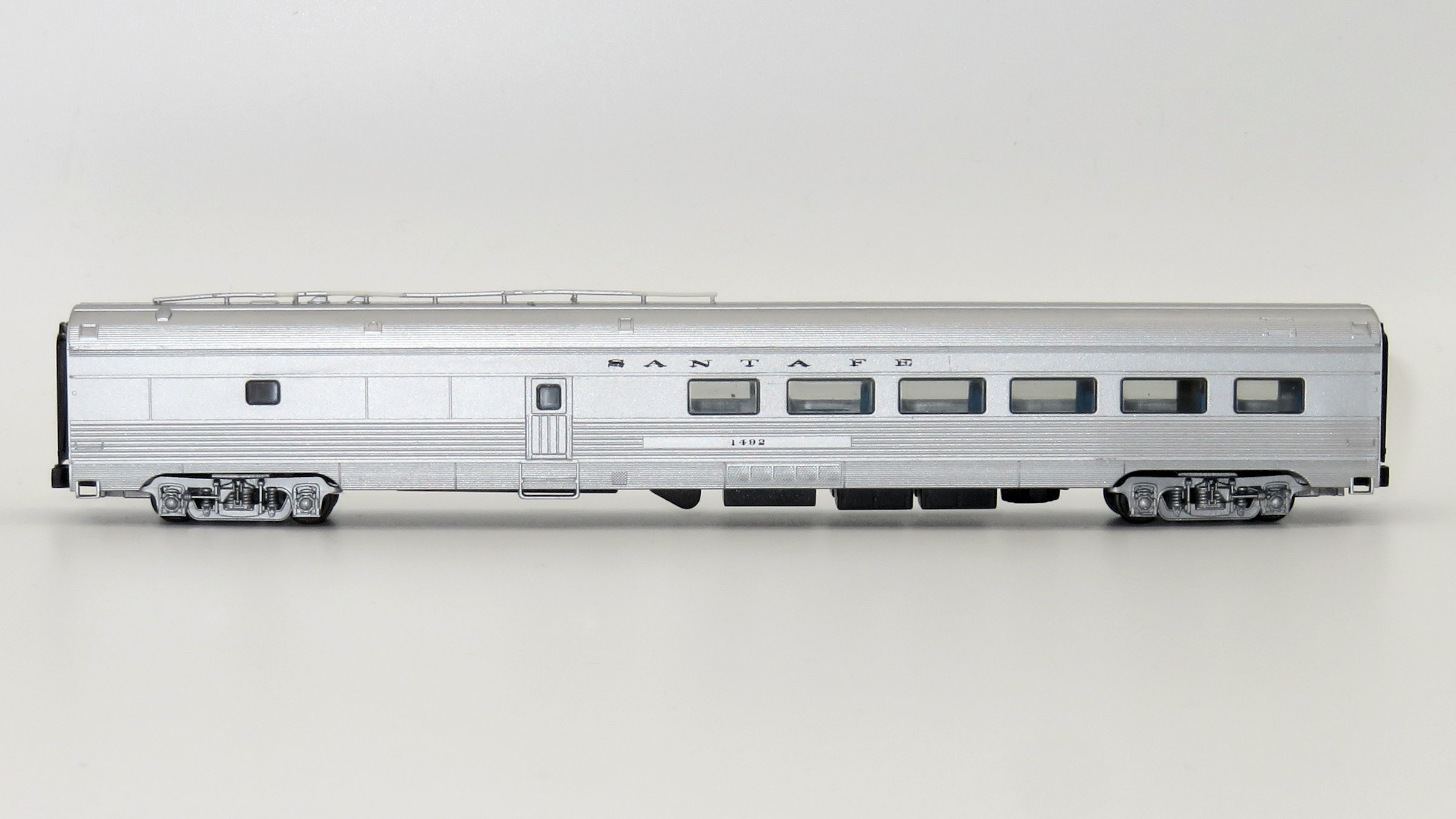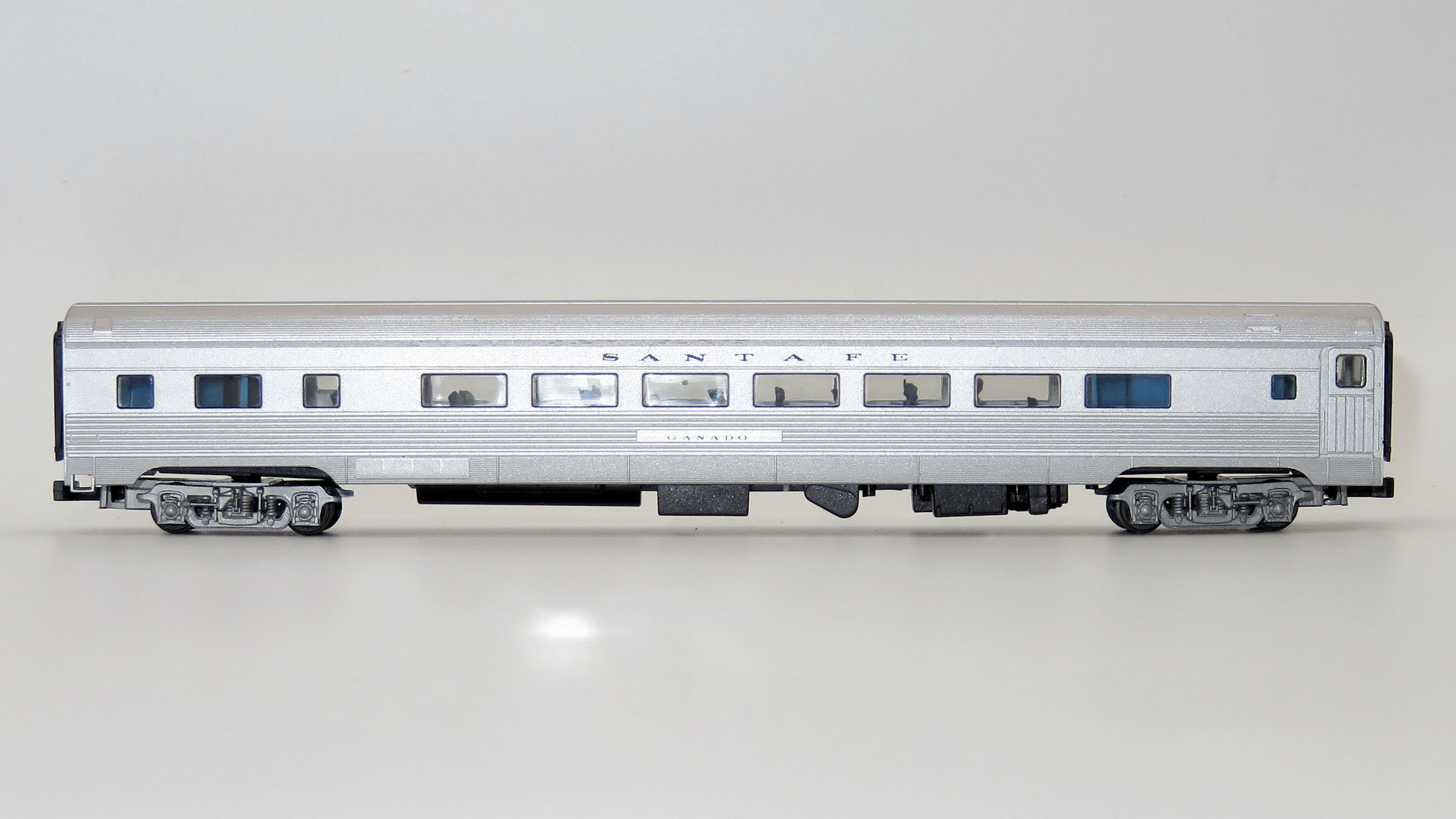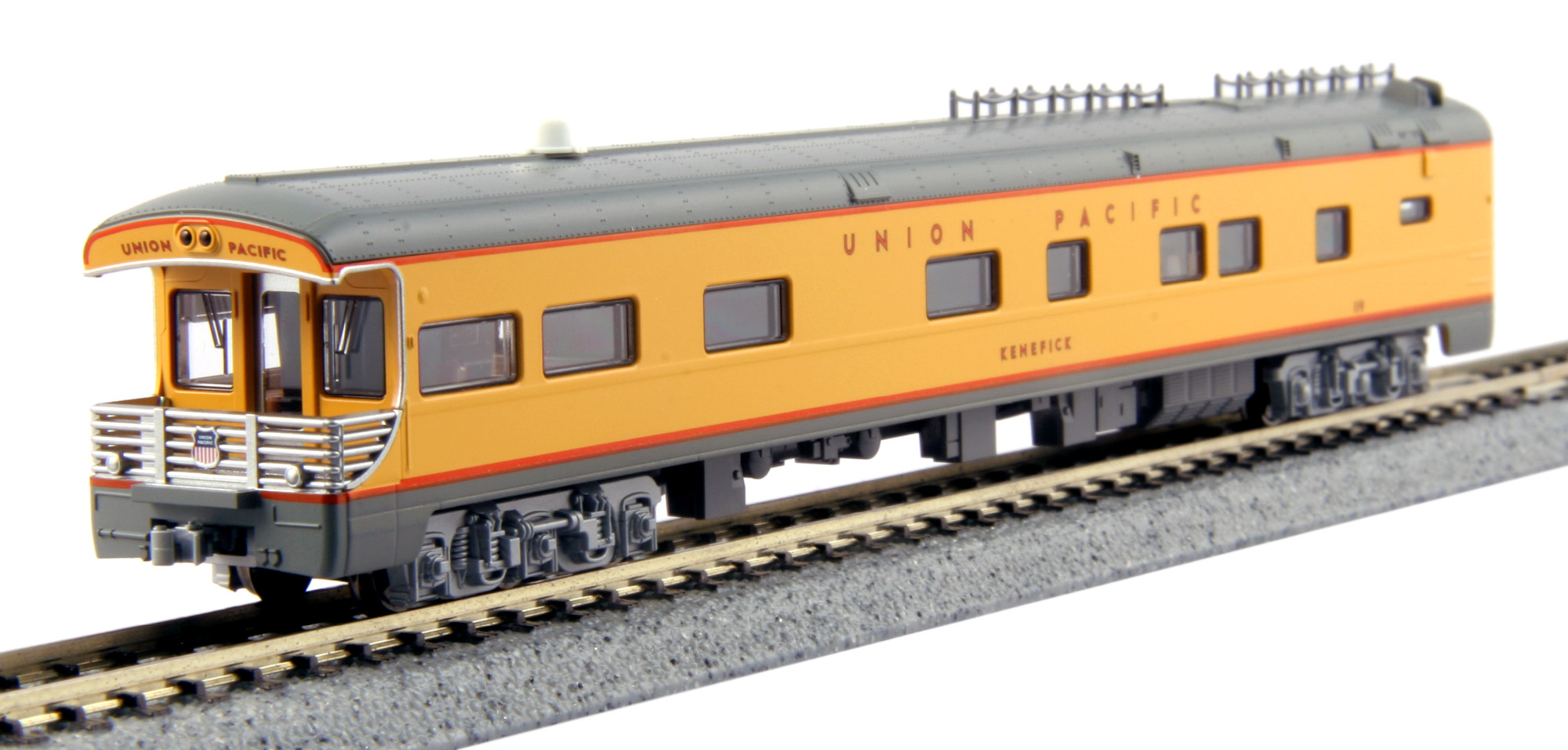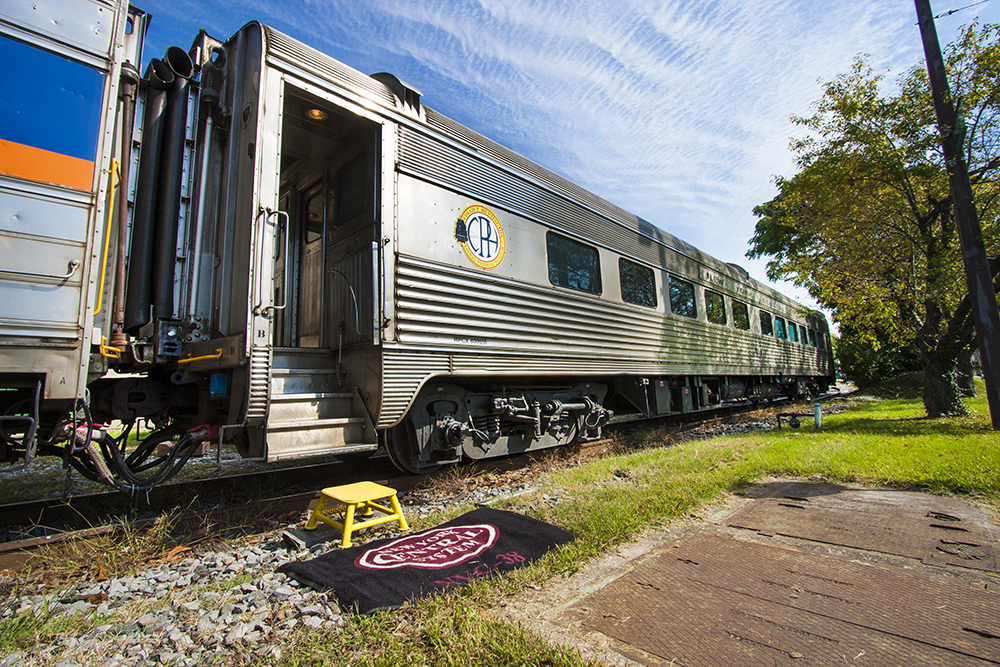Specific Item Information:
With Rigid Face Couplers 0001-426115 $ 26.98
With Micro-Trains® Couplers 0001-041415 $31.98
With Rigid Face Couplers 0001-426115 $ 26.98
With Micro-Trains® Couplers 0001-041415 $31.98
Prototype History: Budd was one of the leading producers of lightweight streamlined passenger cars during the postwar period. The corrugated design permitted extra strength to the car sides. Budd built many different designs such as sleepers, coaches, dome cars and diners. The cars were built from stainless steel.
A parlor car (or parlour car outside the United States of America) is a type of passenger coach that provides superior comforts and amenities when compared to a standard coach. Parlor cars came about on United States railroads to address the absence of separate class accommodations. In the United Kingdom and Europe, passenger trains carried first-, second- and third-class coaches, with the first-class coaches offering the best seating and costing the most money. In contrast, American trains offered a flat rate and standard accommodations. For nineteenth century writers this represented a difference between class-bound Europe and the democratic United States. Most parlor cars were found on daytime trains in the Northeast United States. In comparison to a standard coach, a parlor car offered more comfortable seating and surroundings, as well as food and beverages, but it was far inferior to a sleeping car for an overnight trip.
A parlor car (or parlour car outside the United States of America) is a type of passenger coach that provides superior comforts and amenities when compared to a standard coach. Parlor cars came about on United States railroads to address the absence of separate class accommodations. In the United Kingdom and Europe, passenger trains carried first-, second- and third-class coaches, with the first-class coaches offering the best seating and costing the most money. In contrast, American trains offered a flat rate and standard accommodations. For nineteenth century writers this represented a difference between class-bound Europe and the democratic United States. Most parlor cars were found on daytime trains in the Northeast United States. In comparison to a standard coach, a parlor car offered more comfortable seating and surroundings, as well as food and beverages, but it was far inferior to a sleeping car for an overnight trip.
Road Name History: 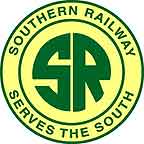 The Southern Railway (reporting mark SOU) (also known as Southern Railway Company) was a US class 1 railroad that was based in the Southern United States. It was the product of nearly 150 predecessor lines that were combined, reorganized and recombined beginning in the 1830s, formally becoming the Southern Railway in 1894.
The Southern Railway (reporting mark SOU) (also known as Southern Railway Company) was a US class 1 railroad that was based in the Southern United States. It was the product of nearly 150 predecessor lines that were combined, reorganized and recombined beginning in the 1830s, formally becoming the Southern Railway in 1894.
At the end of 1970 Southern operated 6,026 miles (9,698 km) of railroad, not including its Class I subsidiaries AGS (528 miles or 850 km) CofG (1729 miles) S&A (167 miles) CNOTP (415 miles) GS&F (454 miles) and twelve Class II subsidiaries. That year Southern itself reported 26111 million net ton-miles of revenue freight and 110 million passenger-miles; AGS reported 3854 and 11, CofG 3595 and 17, S&A 140 and 0, CNO&TP 4906 and 0.3, and GS&F 1431 and 0.3
The railroad joined forces with the Norfolk and Western Railway (N&W) in 1982 to form the Norfolk Southern Corporation. The Norfolk Southern Corporation was created in response to the creation of the CSX Corporation (its rail system was later transformed to CSX Transportation in 1986). The Southern Railway was renamed Norfolk Southern Railway in 1990 and continued under that name ever since. Seven years later in 1997 the railroad absorbed the Norfolk and Western Railway, ending the Norfolk and Western's existence as an independent railroad.

At the end of 1970 Southern operated 6,026 miles (9,698 km) of railroad, not including its Class I subsidiaries AGS (528 miles or 850 km) CofG (1729 miles) S&A (167 miles) CNOTP (415 miles) GS&F (454 miles) and twelve Class II subsidiaries. That year Southern itself reported 26111 million net ton-miles of revenue freight and 110 million passenger-miles; AGS reported 3854 and 11, CofG 3595 and 17, S&A 140 and 0, CNO&TP 4906 and 0.3, and GS&F 1431 and 0.3
The railroad joined forces with the Norfolk and Western Railway (N&W) in 1982 to form the Norfolk Southern Corporation. The Norfolk Southern Corporation was created in response to the creation of the CSX Corporation (its rail system was later transformed to CSX Transportation in 1986). The Southern Railway was renamed Norfolk Southern Railway in 1990 and continued under that name ever since. Seven years later in 1997 the railroad absorbed the Norfolk and Western Railway, ending the Norfolk and Western's existence as an independent railroad.
Brand/Importer Information: Con-Cor has been in business since 1962. Many things have changed over time as originally they were a complete manufacturing operation in the USA and at one time had upwards of 45 employees. They not only designed the models,but they also built their own molds, did injection molding, painting, printing and packaging on their models.
Currently, most of their manufacturing has been moved overseas and now they import 90% of their products as totally finished goods, or in finished components. They only do some incidental manufacturing today within the USA.
Important Note: The Con-Cor product numbering can be very confusing. Please see here in the article how to properly enter Con-Cor stock numbers in the TroveStar database.
Currently, most of their manufacturing has been moved overseas and now they import 90% of their products as totally finished goods, or in finished components. They only do some incidental manufacturing today within the USA.
Important Note: The Con-Cor product numbering can be very confusing. Please see here in the article how to properly enter Con-Cor stock numbers in the TroveStar database.
Item created by: CNW400 on 2020-11-28 20:46:23. Last edited by Powderman on 2021-03-18 14:44:18
If you see errors or missing data in this entry, please feel free to log in and edit it. Anyone with a Gmail account can log in instantly.
If you see errors or missing data in this entry, please feel free to log in and edit it. Anyone with a Gmail account can log in instantly.






